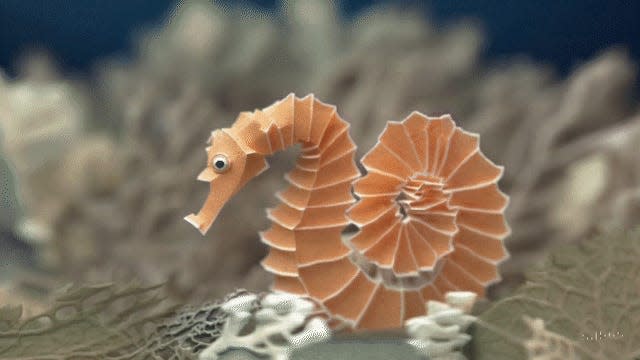OpenAI's Sora is inspiring human creators, who say they are optimistic it is a long way from replacing them

OpenAI introduced Sora, a text-to-video model that generates high-quality videos, in February.
Early testers have said Sora can enhance their creative process.
Despite its potential, users agree that Sora still requires human oversight.
Early testers for OpenAI's Sora are breathing a sigh of relief. Some are even feeling a rush of inspiration.
In February, OpenAI introduced a text-to-video model called Sora to "understand and simulate the physical world in motion." Sora was touted for generating videos up to a minute long from text, and its proof-of-concept videos stunned the internet with their image quality.
But some in Hollywood saw it as a threat.
Veteran filmmaker Tyler Perry was so impressed — and intimidated — by demonstrations of Sora that he put his plans for an $800 million studio expansion on pause. He even called for Hollywood workers to organize under a single union to protect jobs from the threat of AI.
The tool hasn't officially been released to the public, but workers in creative fields have already begun experimenting with it. They say it makes their jobs easier without making them feel replaceable. Sora can help them communicate abstract concepts more clearly, they say, push them to visualize ideas in new ways, and cut production costs. But, for now, it still needs human oversight.
Know when to pick your battles.
Brand advertising consultant Charlotte Bunyan put Sora to the test by creating a campaign for a "well-known high street supermarket" and told the Financial Times that she could "potentially" use the video it made as a "taster of something we could bring to life in a virtual experience."
Bunyan participated in a comparison organized by the Financial Times between Sora and its competitors Runway and Pika — both of which claim to create AI-powered videos with just a few words.
Bunyan wrote a prompt fed directly into Pika and Runway, while OpenAI gave Sora a revised version. Sora rendered the elements of the prompt more "faithfully" than the other tools, Bunyan said, but all three can "speed up the way we communicate creative ideas and make them more tangible." Regardless of the tool, though, she said there probably still needs to be a "human layer" added to any content they generate through editing tools.
Others say Sora isn't always consistent, which can bring about new creative opportunities.
Indie artist Washed Out's new music video, "The Hardest Part," is the longest video made with Sora, according to the Los Angeles Times.
The video's director, Paul Trillo, said he "leaned into the hallucinations, the strange details, the dream-like logic of movement, the distorted mirror of memories, the surreal qualities unique to Sora / AI," in a post on X.
Washed Out "The Hardest Part"
I leaned into the hallucinations, the strange details, the dream-like logic of movement, the distorted mirror of memories, the surreal qualities unique to Sora / AI that differentiate it from reality. Embrace the strange. pic.twitter.com/AlhsVTO78B— Paul Trillo (@paultrillo) May 3, 2024
The Times reported that the video was made by stitching 55 clips Sora generated based on detailed prompts. But the clips weren't always consistent. The appearance of the couple in the video and their child varies from clip to clip. Trillo said he overlooked the discrepancies, and in some sense, they enhance the dream-like nature of the video. He believes Sora can complement the creative process, but it shouldn't be the main tool.
"You have to know where to pick your battles with it," Trillo told the Times. "You kind of have to relinquish a bit of your free will in working with this thing and you kind of have to accept the nature of how chaotic it is."
Read the original article on Business Insider
